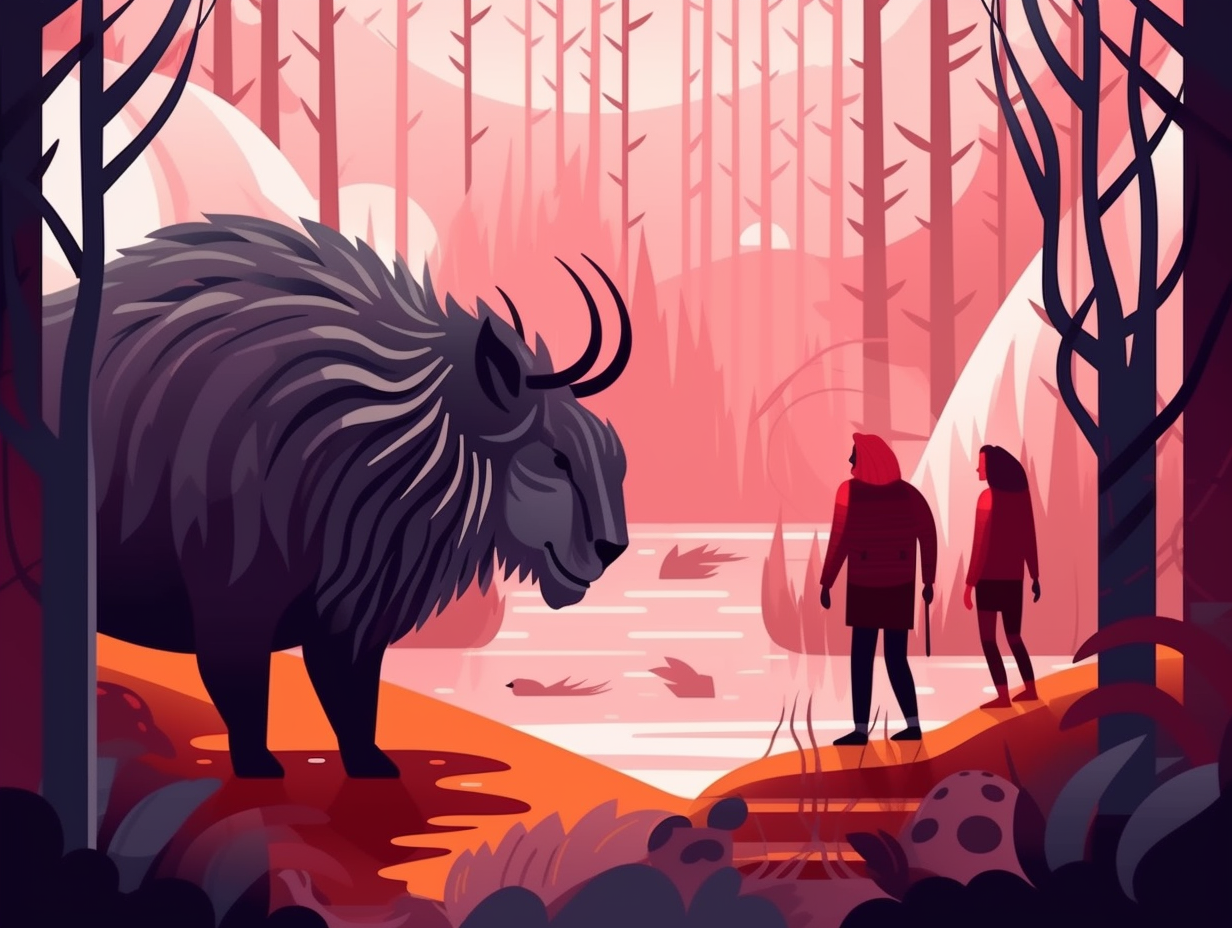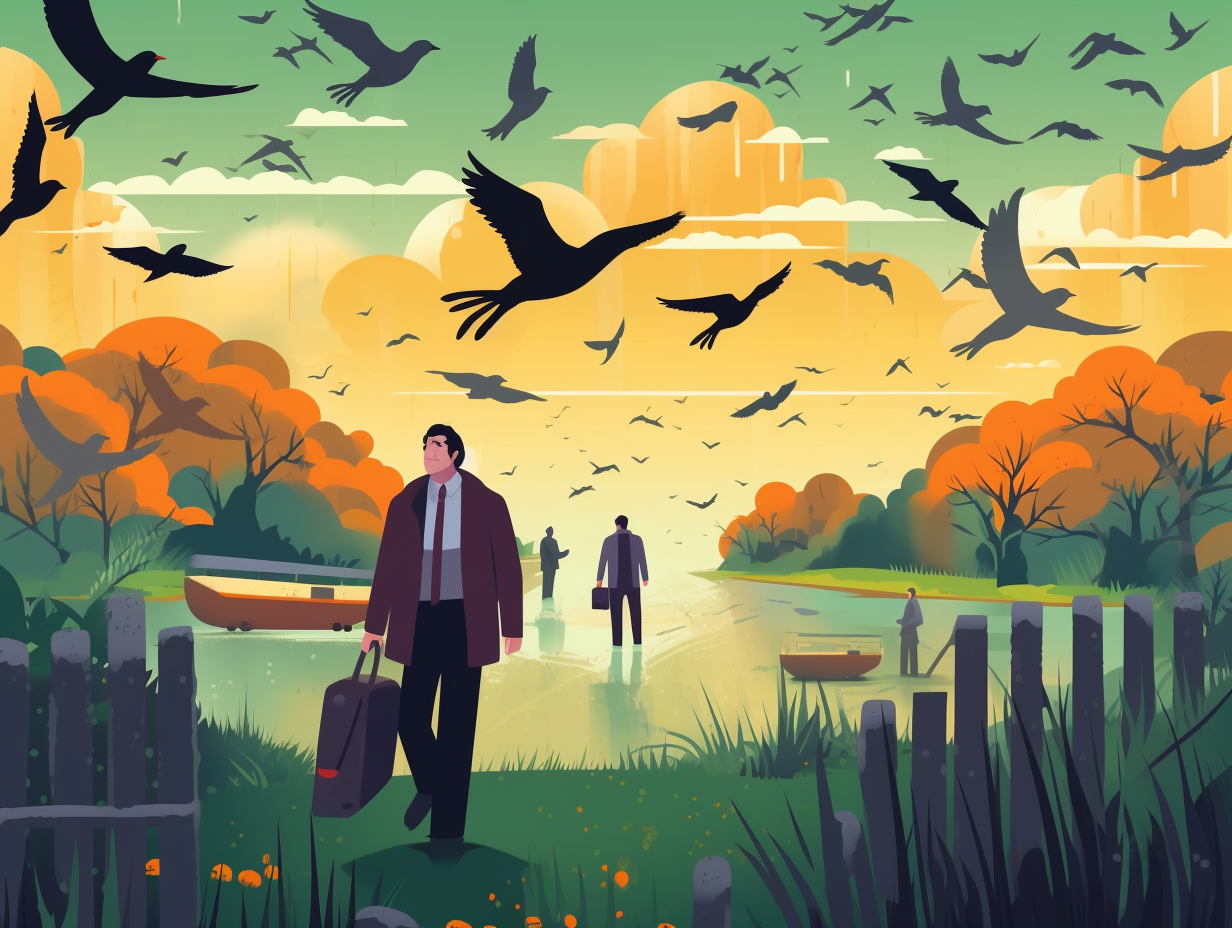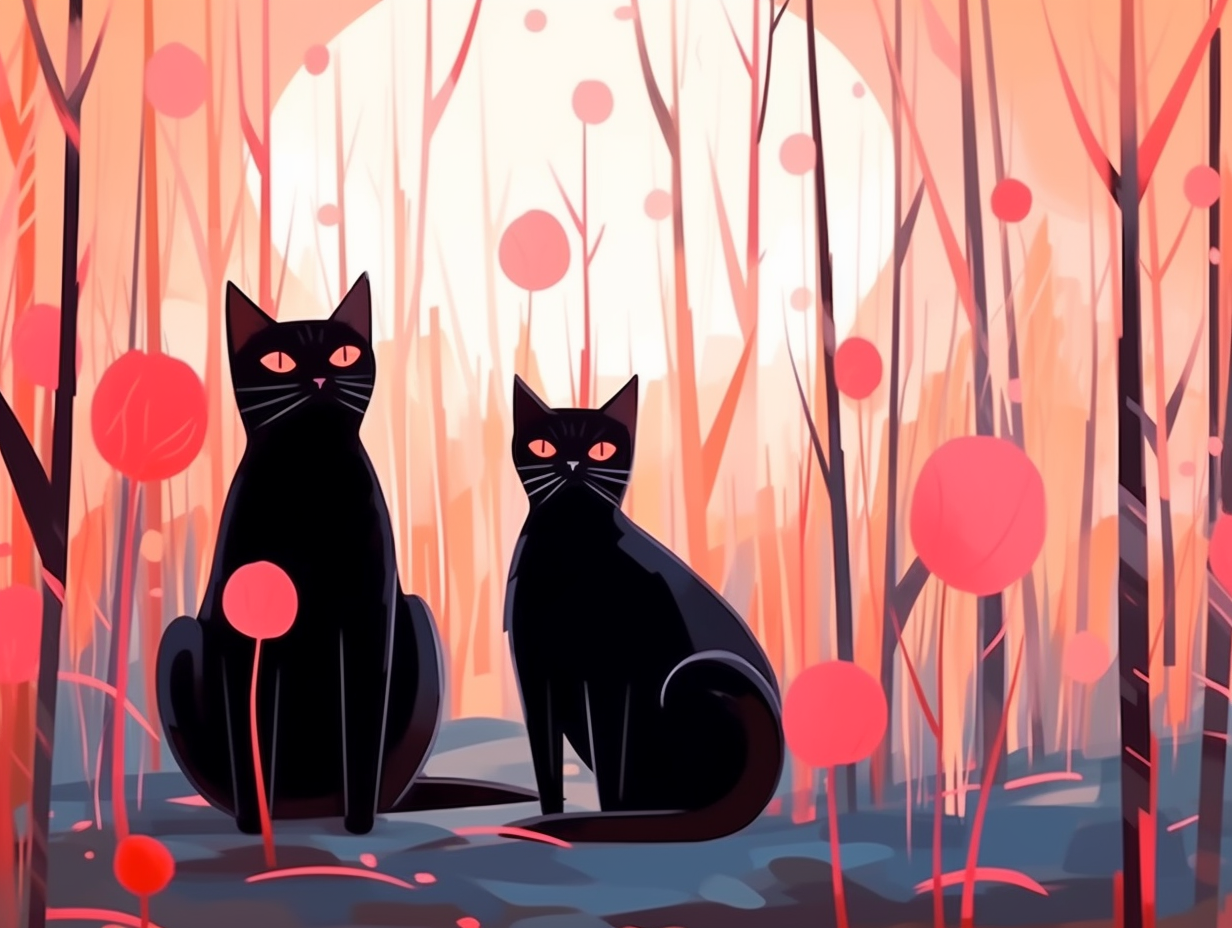Discover the Night: Top 14 Fun Facts About Nocturnal Animals You Won't Believe!
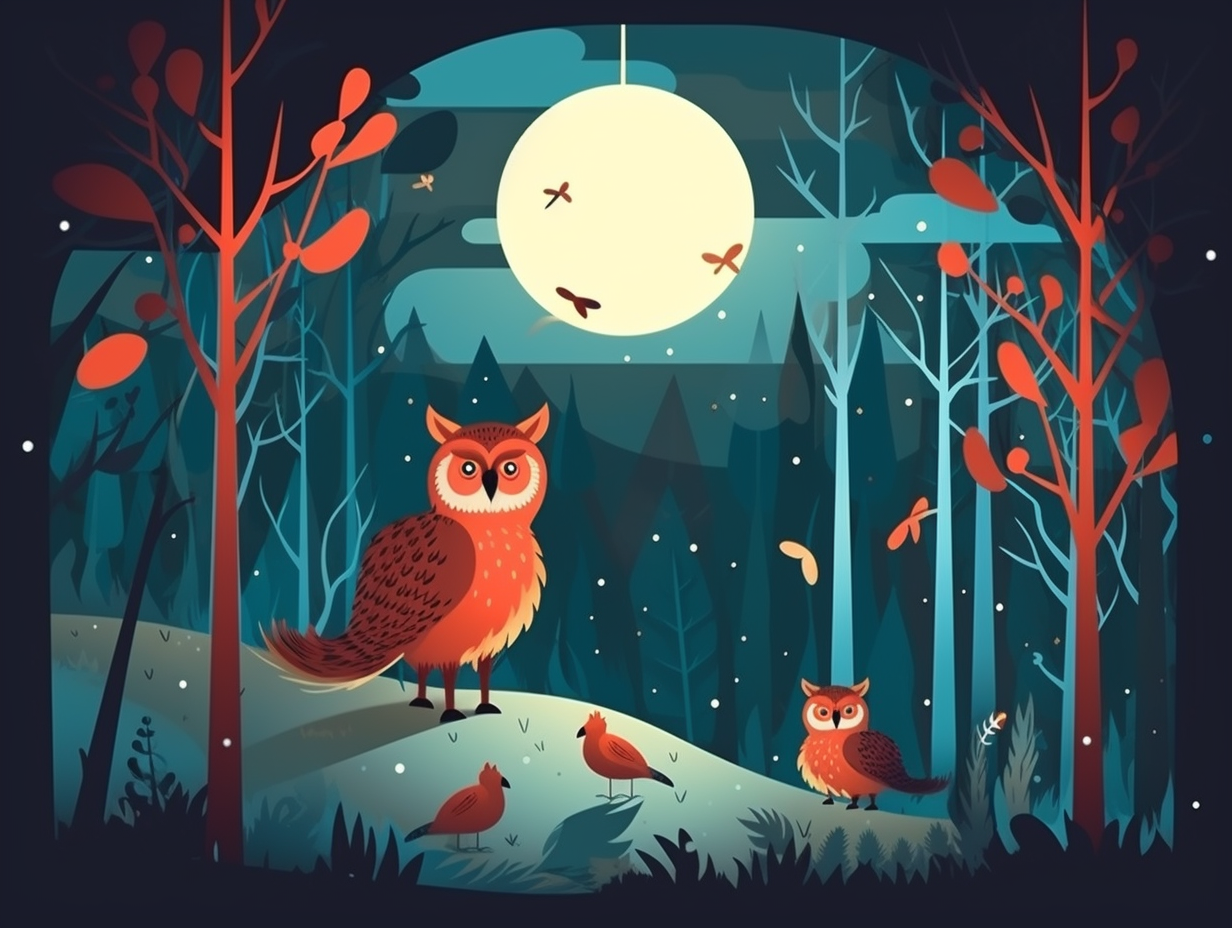
1. Superhero Night Vision
While nocturnal animals could put professional night owls to shame with their impeccable midnight vision, it's not just a result of munching on a bunch of extra carrots before bedtime: These creatures have large eyes with wider pupils, along with a tapetum – a reflective layer that sits behind their retina – to gather every possible speck of light, granting them superhero-like night vision and the ability to spot their prey like a boss when the sun's gone to sleep.
Source => nationalgeographic.com
2. Fennec Fox Water Factory
These fennec foxes must have learned a trick or two from Bear Grylls, with their personal water factories built-in: As a desert survival mechanism, they produce metabolic water during digestion of lipids, helping them flourish in arid habitats with scarce water resources.
Source => wxresearch.org

Did you know toothed whales have a special fatty structure called a melon that helps them focus echolocation clicks for accurately locating food in the ocean? Dive in to discover more about this amazing underwater sonar system! 🐋🎯
=> Fun Facts about Echolocation
3. Dung Beetle Galactic Romance
Navigating the dating world can be a real dung show, and male dung beetles know this all too well: Researchers found that these gentlemen-on-a-roll use the Milky Way as a compass to move in a straight path while rolling their dung balls, impressing female beetles with their excrement offerings and avoiding rival male attempts to intercept their smelly treasures.
Source => science.org
4. Batty Sonar Masters
Who needs GPS when you've got built-in sonar? Meet the batty aviation maestros who've been living "soundlessly" since before the Walkman was cool: Bats navigate using echolocation, emitting high-frequency sound waves that bounce off objects and allow them to create a detailed map of their surroundings – perfect for snagging a tasty midnight snack.
Source => nps.gov

5. Kiwi's Extreme Napping
Setting their own "kiwi" lifestyle trends, New Zealand's flightless oddballs take napping all day to a new extreme and consider themselves "too cool" for flying: Kiwis are primarily nocturnal birds that sleep in burrows, logs, or dense vegetation during the day and forage for food, like worms and berries, at night using their powerful sense of smell while marking their territory with aromatic droppings. These charming fellows are covered in thin hair-like feathers and vary in size depending on the species, with the little spotted kiwi weighing 0.8 to 1.9 kg and the northern brown kiwi weighing 1.4 to 5 kg.
Source => livescience.com
6. Elusive Owl Limelight
When Northern Saw-whet Owls find themselves in the proverbial limelight, they're anything but a hoot – much to the stirring performance of their songbird cohorts more eagerly deriding them as "morning people": As nocturnal creatures, these tiny owls are infamous for their elusive daytime presence and are commonly located due to the noisy fuss put up by their avian neighbors, whilst their enchanting too-too-too call echoes through evergreen mountain forests from January through May.
Source => allaboutbirds.org
7. Vampire Bat Pharmacists
Vampire bats are known for being stealthy bloodsuckers with a twist: they moonlight as tiny pharmacists with a very specific clientele! Their saliva keeps their victims' blood flowing like an all-you-can-drink buffet: Little do we know, that these Draculas of the night come equipped with specialized teeth and saliva full of anticoagulants and fibrinolytic enzymes, allowing them to successfully feed on livestock, wildlife—even humans! Watch out for the surprise side effects—like anemia, infections, and the occasional rabies outbreak.
Source => ncbi.nlm.nih.gov
8. Aardvark's Termite Perfume
File under A for Aardvarks and Aromas: Aardvarks are the connoisseurs of the termite world, dabbling in an exclusive dining experience garnished with natural Eau de Termite. The fancy feast leaves them smelling as distinguished as their refined palates, all thanks to the termites' foul-smelling chemical defenses!
Source => bushwise.guide
9. Lemur's Identity Crisis
Meet the Philippine flying lemur: the ultimate identity crisis animal, who's neither a lemur, a flyer, nor a typical snuggly forest creature! In reality: this gliding nocturnal mammal boasts web-like patagium spanning distances of 100 meters, an avascular retina for night vision, and a highly specialized digestive system to feast on vegetation, insects, and occasionally flowers, with flair and finesse.
Source => en.wikipedia.org
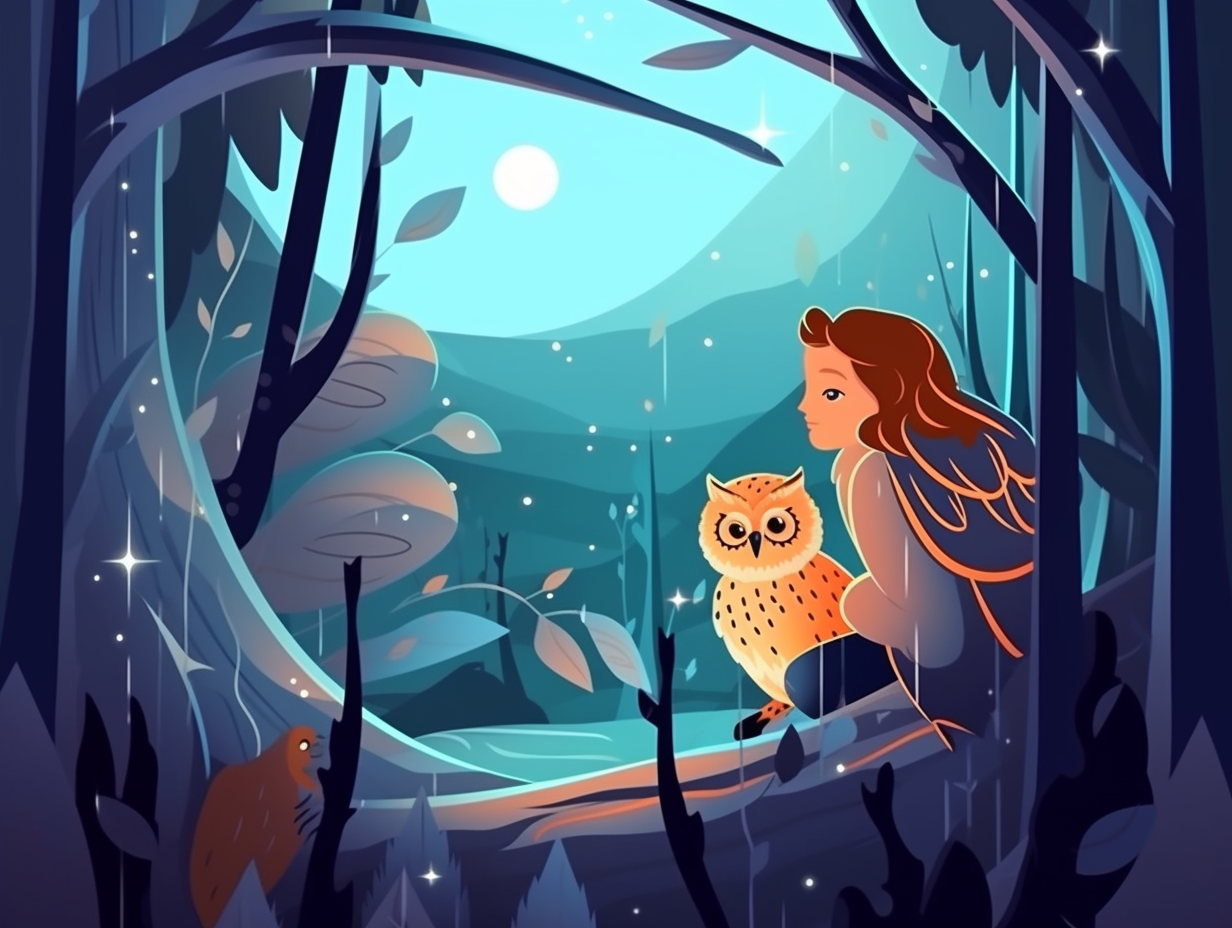
10. Ocelot's Bone-Cleaning Manners
When dining in the dark, the ocelot has dinner manners similar to our feline housemates - a bone-appetit experience with a touch of cat-titude: this nocturnal wild cat expertly uses its sharp teeth to tear meat into pieces before swallowing it whole, leaving no trace behind thanks to its raspy tongue that can efficiently clean bones.
Source => kids.nationalgeographic.com
11. Kangaroo Rat's Seed-Quenching Diet
Who needs a water cooler when you've got seeds? The kangaroo rat is like a hoppin' humphrata: all the hydration it needs comes from snacking on seeds - never needing to drink. Plus, these bouncy buggers defy gravity and listen like a Charlie's Angel: leaping 9 feet in a single bound to dodge owl assassins and staying un-endangered in the wild process: the kangaroo rat gets its necessary moisture from its seed diet and has highly developed hearing and powerful back legs that help it successfully evade predators like owls, snakes, and coyotes.
Source => desertmuseum.org
12. Tarsier's Wide-Angle Vision
Forget about the latest smartphone camera upgrade: nature's got the tarsier beat with built-in wide-angle lenses ready for nocturnal selfies! The hilarious prelude: Tarsiers possess the largest eyes relative to body size among all mammals – each eye measuring a whopping 16 millimeters in diameter – and can twist their necks by a full 180 degrees like owls, all while lacking the reflective tapetum common in other night dwellers. Bonus fact: these furry little critters come equipped with an "Open On Arrival" feature, as babies are born with their eyes wide open and raring to climb within just an hour of making their debut!
Source => treehugger.com
13. Firefly's Flashy Clubbing
Dating's never been easier than it is for fireflies: they just light up the night with their flashiest twerks, charming their mates while scaring off bat-winged suitors. Kinda like clubbing, but with a functional purpose: turns out, their bioluminescent booty-shake not only attracts partners but also warns predators like bats about their bad taste. Researchers discovered that even with their glow-in-the-dark parts blocked, bats still steer clear of these unwanted Valentine's gifts, thanks to their multisensory warning displays like slow flight patterns and unappetizing tastes.
Source => aaas.org
14. Nightingale's Bird Karaoke
Who knew songbirds had inbuilt mixtapes in their throats? Chattier than a teenager glued to their phone, little brown Mozart-wing, aka nightingale, has mastered the ancient art of bird karaoke: Nightingales have two voice boxes, allowing them to produce over 1,500 unique sounds and phrases for the sole purpose of wooing mates and defending their turf.
Source => classical-music.com
Related Fun Facts

